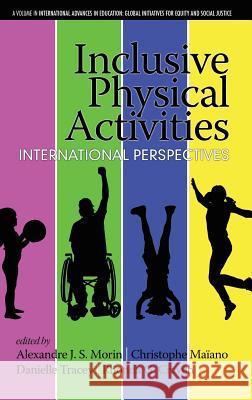Inclusive Physical Activities: International Perspectives (hc) » książka
topmenu
Inclusive Physical Activities: International Perspectives (hc)
ISBN-13: 9781681238531 / Angielski / Twarda / 2017 / 346 str.
Kategorie:
Kategorie BISAC:
Wydawca:
Eurospan (JL)
Język:
Angielski
ISBN-13:
9781681238531
Rok wydania:
2017
Ilość stron:
346
Waga:
0.65 kg
Wymiary:
23.39 x 15.6 x 2.06
Oprawa:
Twarda
Wolumenów:
01
Dodatkowe informacje:
Bibliografia











